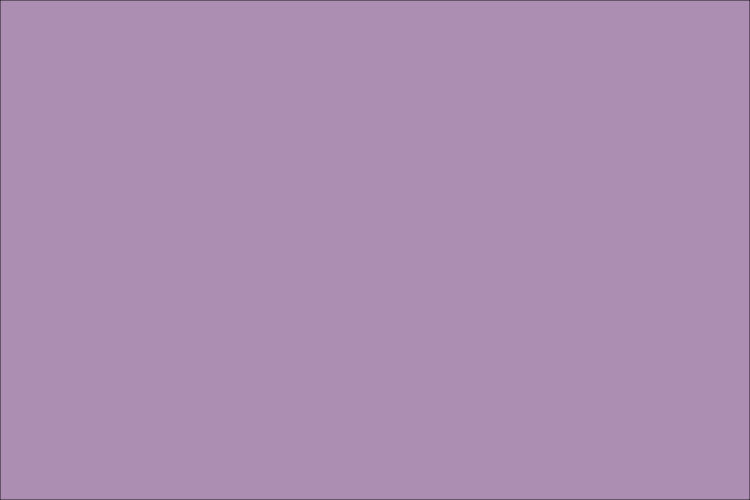Hex triplet #E0B0FF CMYK (c, m, y, k) (12, 31, 0, 0) Source Maerz and Paul | sRGB (r, g, b) (224, 176, 255) HSV (h, s, v) (276°, 31%, 100%) | |
 | ||
Similar Lilac (color), Taupe, Violet (color) | ||
Mauve (/ˈmoʊv/, mohv) is a pale purple color named after the mallow flower (French: mauve). The first use of the word mauve as a color was in 1796–98 according to the Oxford English Dictionary, but its use seems to have been rare before 1859. Another name for the color is mallow, with the first recorded use of mallow as a color name in English in 1611.
Contents
- Mauveine the first aniline dye
- Rich mauve
- French mauve deep mauve
- Opera mauve
- Mauve taupe
- Old mauve
- In nature
- Theatre
- References

Mauve contains more grey and more blue than a pale tint of magenta. Many pale wildflowers called "blue" are actually mauve. Mauve is also sometimes described as pale violet.

Mauveine, the first aniline dye

The synthetic dye mauve was first so named in 1859. Chemist William Henry Perkin, then eighteen, was attempting to create a cure for Malaria in 1856. An unexpected residue caught his eye, which turned out to be the first aniline dye – specifically, Perkin's mauve or mauveine, sometimes called aniline purple, but this new dye was originally called Tyrian Purple and was only called mauve after it was marketed in 1859. Earlier references to a mauve dye in 1856–58 referred to a color produced using the semi-synthetic dye murexide or a mixture of natural dyes. Perkin was so successful in marketing his discovery to the dye industry that his biography by Simon Garfield is simply entitled Mauve. However, as it faded easily, the success of mauve dye was short-lived and it was replaced by other synthetic dyes by 1873. As the memory of the original dye soon receded, the contemporary understanding of mauve is as a lighter, less-saturated color than it was originally known.

The 1890s are sometimes referred to in retrospect as the "Mauve Decade", because of the characteristic popularity of the subtle color among progressive "artistic" types, both in Europe and the US.
Rich mauve
At right is displayed the rich tone of mauve that is called mauve in Crayola colored pencils.
French mauve (deep mauve)

At right is displayed the deep tone of mauve that is called mauve in Pourpre.com, a color list widely popular in France.
Opera mauve
At right is displayed the color opera mauve.
The first recorded use of opera mauve as a color name in English was in 1927.
Mauve taupe
The color displayed at right is mauve taupe.
The first recorded use of mauve taupe as a color name in English was in 1925.
See the article on taupe to see additional shades of taupe.
Old mauve
At right is displayed the color old mauve.
The first recorded use of old mauve as a color name in English was in 1925.
The source of this color is the ISCC-NBS Dictionary of Color Names (1955)—a color dictionary used by stamp collectors to identify the colors of stamps.
In nature
The mauve stinger is a jellyfish that is widely distributed in all warm and temperate waters of the world's oceans.
Theatre
Mauve is a commonly used color in stage lighting to represent sunsets.
